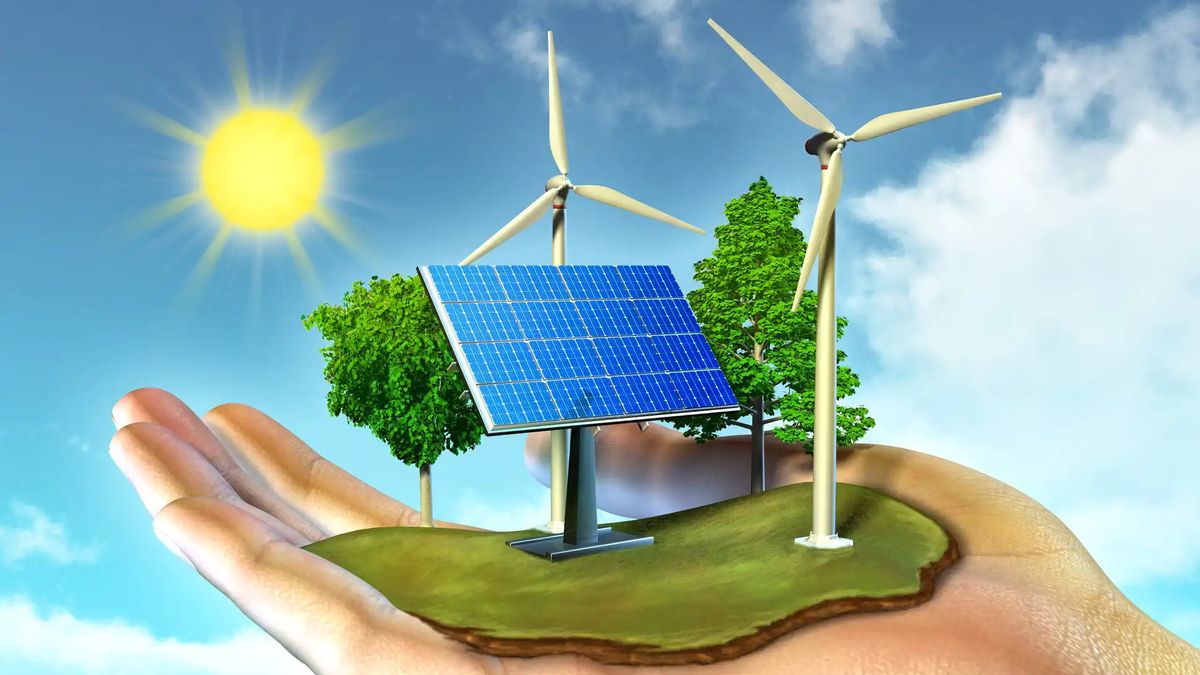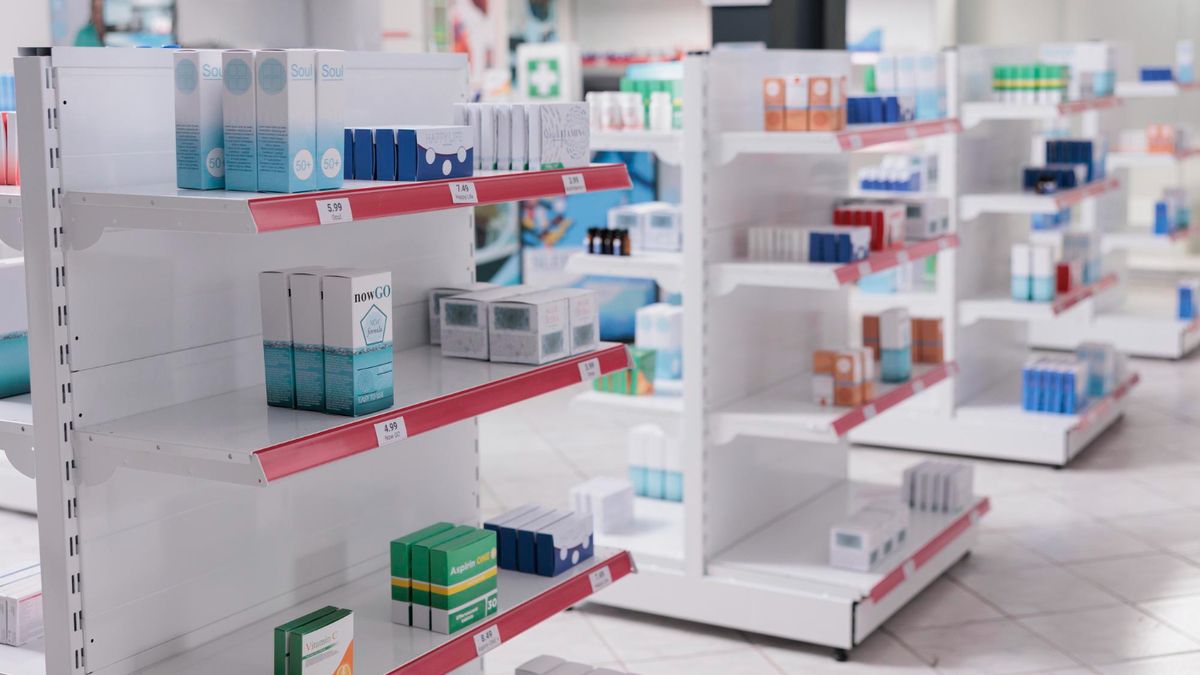While the world is increasingly betting on green hydrogen, generated by electrolysis from renewable energies, such as solar, hydro and wind, this clean fuel is “a path for inclusive, resilient and green economic recovery,” says the World Bank report, presented at recent meetings of the agency and the International Monetary Fund.
“Latin American countries have great potential to successfully participate in the global green hydrogen market due to their endowment of natural resources to produce renewable energy”explained Janina Franco, a senior energy specialist at the World Bank.
“This potential may open a great opportunity for Latin America to become a leading green hydrogen production region, which would allow it not only to deepen its own energy transition, but also to supply the green hydrogen market in Europe or Asia,” he added.
Argentina, Brazil, Chile, Colombia, Mexico and Trinidad and Tobago have “potential” to be global exporters of green hydrogen, says the World Bank report, which cites data from the International Energy Agency (IEA).
According to the IEA, created by the Organization for Economic Cooperation and Development (OECD) after the 1973 oil crisis, these countries can offer competitive prices to importers in Europe and Asia.
As of September, thirteen countries had shown interest in developing a national green hydrogen industry: Argentina, Bolivia, Brazil, Chile, Colombia, Costa Rica, Ecuador, El Salvador, Mexico, Paraguay, Peru, the Dominican Republic and Uruguay, according to the H2LAC platform .
Franco pointed out different stages in the regional industry.
Costa Rica, Colombia, Paraguay and Uruguay, whose power generation is almost entirely renewable, show “substantial progress” in their hydrogen strategy and regulations, he said.
Others, such as Brazil, Argentina, Mexico and Peru, which have great potential for local demand for mining and the production of steel, iron or chemicals, are in a “nascent process” in terms of a roadmap and regulations.
And at the forefront is Chile, the first country in the region to launch its “National Green Hydrogen Strategy”, in November 2020, and which already has national and foreign interested in using this clean fuel and its derivatives, such as ammonia. , methanol or synthetic fuels.
The latter, which is committed to leading the global production of green hydrogen by three decades, announced last week that by 2030 it expects the Santiago airport to be the first in Latin America to operate from green hydrogen and its derivatives.
The multinational organization specialized in finance and assistance considers this a solution to “decarbonize” sectors difficult to electrify, such as long-distance shipping and aviation, and heavy industries.
In addition, it underlines that this clean fuel can help countries develop green energy value chains, which allow them to be globally competitive in the production of steel, copper, ammonia or fertilizers.
It also has another advantage: creating “green, local and resilient” jobs, both direct and indirect, particularly in the areas of production, transportation and distribution, highlights the World Bank.
But the transition is not without challenges, including production at competitive costs, the development of adequate infrastructure, and the availability of knowledgeable professionals to operate the new technology, Franco warned.
“The greatest challenge facing countries in the region and in the world is to achieve competitiveness in production costs and achieve prices that allow the use of hydrocarbons to be displaced by green hydrogen”, said.
David William is a talented author who has made a name for himself in the world of writing. He is a professional author who writes on a wide range of topics, from general interest to opinion news. David is currently working as a writer at 24 hours worlds where he brings his unique perspective and in-depth research to his articles, making them both informative and engaging.




